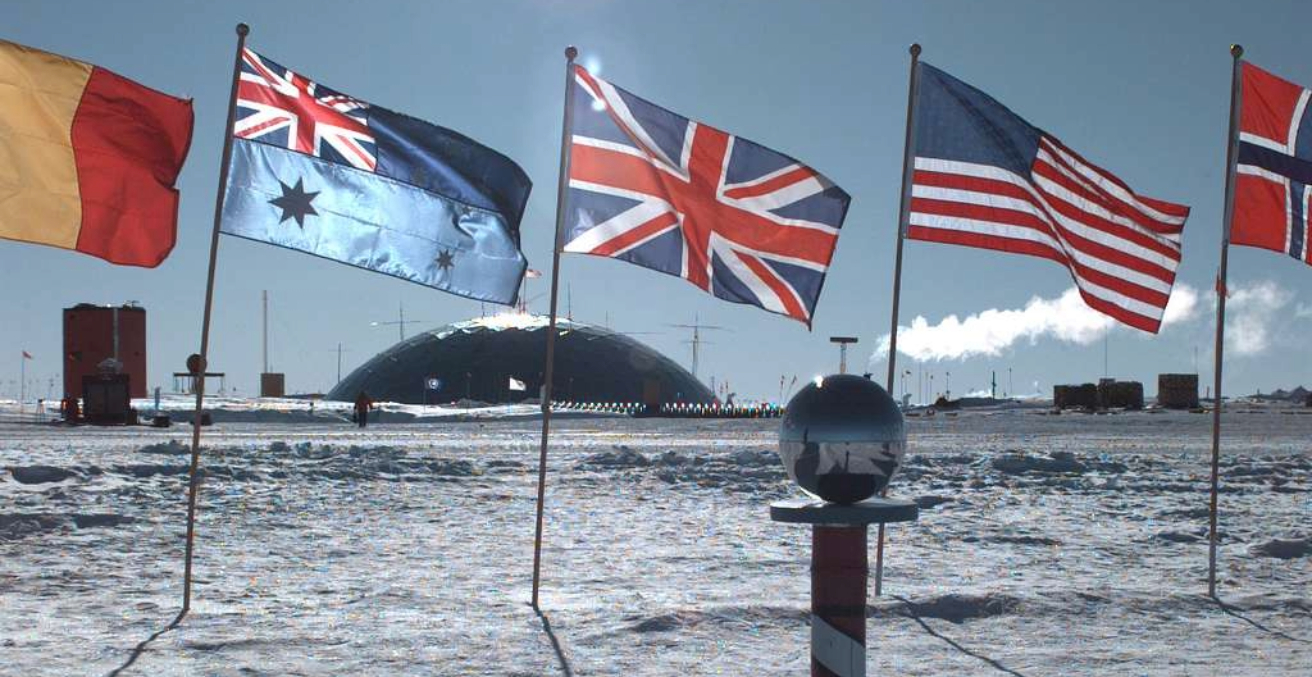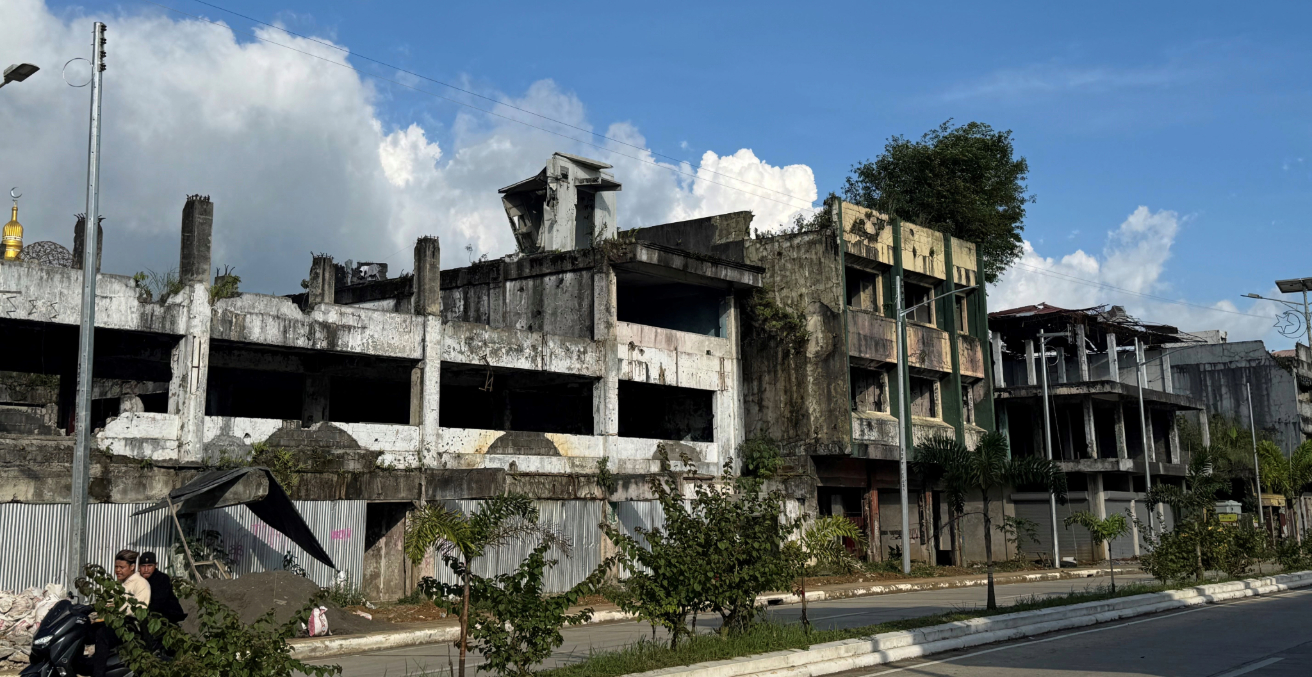Summary
The United States is the latest stop in Indian Prime Minister Narendra Modi’s effort to attract strategic investment deals for India. Relying on his reputation as a business-savvy leader, Modi wants international support—both technical and financial—to help India overcome its considerable infrastructural and developmental challenges.
Modi is trying to overhaul India’s reputation abroad by touting the country as a promising investment, but outstanding structural issues will hamper that agenda. The country’s geopolitical situation has thus far proved difficult for Modi to overcome, but if there is to be any hope for strategic investment deals in the future, India will need to undergo serious domestic reform, leaving any meaningful investment or development projects out of reach for years to come.
Analysis
The Indian prime minister’s U.S. trip, which concludes Sept. 30, would have been impossible a year ago. Long plagued by accusations of involvement in a spell of sectarian violence that took place in his home state of Gujarat in 2002 while he was chief minister, Modi was under a de facto visa ban in the United States, the United Kingdom and other Western countries. But Modi’s win in national elections earlier this year forced Washington and others to lift the travel ban. Modi has been willing to put the past behind him, and his first 100 days in office have been marked with a flurry of high-profile meetings with the leaders of Japan, China and Australia.
An Awkward Relationship
The U.S.-Indian relationship has always been a bit awkward. After gaining independence in 1947, India under Jawaharlal Nehru, its first prime minister, was officially nonaligned but gradually inched closer to the Soviet Union. Still wary of Western imperialism, Nehru’s generation advocated Soviet-style socialist policies, prompting U.S. fears that India and its large population would drift further into the band of communist Asia.
Washington responded by forging a relationship—itself often difficult—with India’s archrival, Pakistan, with whom the United States coordinated to push the Soviets out of Afghanistan in the 1970s and 1980s. Another contentious point in the U.S.-Indian relationship arose when India developed a nuclear arsenal. Japan joined the United States in applying sanctions against India in 1998 after India detonated a nuclear fusion device, though the sanctions have since been lifted.
There has been a marked shift in how the United States and the world have engaged India in recent years. The country’s surging economic growth in the late 1990s and early 2000s piqued the interest of global investors eager to see India’s growth and large population translate to an expanding consumer market and potential source of manufacturing labor. India’s biggest boon, however, has been the success of its rival, China.
China’s economic growth and the rise of its military and regional heft have been viewed with concern by states like Japan, Vietnam and the United States. Fears of a Chinese economic slowdown, however, have countries such as Australia and Indonesia waiting to see if the Indian economy can pick up Beijing’s slack in demand for commodities. This is the view of India that Modi is trying to revive: Under new leadership, India is open for business, and opportunities are bigger and better than ever. Unfortunately for Modi, investors have heard this pitch from India before, and potential buyers are definitely wary.
Part of the problem is the overwhelming inertia resulting from the vestiges of the pseudo-socialist Indian state built by Nehru. New Delhi’s flirtation with Soviet-style management encouraged a state-driven economy, including massive state involvement in heavy industry, generous subsidy schemes and a one-size-fits-all planning model for India’s large and diverse regions. India has lured large-scale investment in the past, but oftentimes these projects have turned into horror stories, such as the planned $12 billion steel plant by Korean metals giant POSCO. The deal was approved in 2005 but is still mired in land-acquisition controversies.
POSCO is one of the best-known victims of India’s unique investment climate, but it is not alone. On Sept. 24, the Indian Supreme Court canceled nearly 200 coal blocs, reflecting how business interests are also subject to the chaotic meeting of Indian legal codes and established business culture, which is often replete with what observers would describe as graft, cronyism and corruption. These are common themes in India: a convoluted legal and regulatory structure, powerful labor unions and a relatively weak central government matched with powerful local and state governments.
The Difficulties of Duplicating Success
During his time as chief minister of Gujarat, Modi had considerable success cutting through red tape and encouraging development and industry, albeit on a local scale. Modi’s effective, though controversial, leadership of one of India’s most economically dynamic states was a major factor in his success at the national polls. But as he and his supporters are learning, local success is difficult to duplicate on a national scale.
While leading Gujarat, Modi was able to leverage the coastal state’s proximity to Gulf energy supplies to create one of Asia’s largest refinery hubs. The state also boasts one of the largest and most stable electricity grids in a chronically power-starved economy. But Gujarat also has favorable geography—it is located in the middle of the New Delhi-Mumbai economic corridor—while the demographic and linguistic diversity of the country as a whole is second only to the continent of Africa. In New Delhi, Modi has to contend with the various local and political structures that come together to represent India’s 1.3 billion people.
Modi has his work cut out for him in the United States. He is eager to replicate the promises of large investment from China and Japan ($20 billion and $34 billion over the next five years, respectively), but more and more he is encountering a skeptical global community.
Japan has long desired closer economic and defense ties with India, which Tokyo believes is a crucial Asian partner to stymie China’s growing military heft in the Indo-Pacific Basin. Yet Japan recently informed India that it would not invest any of the proposed projects in their $34 billion investment package in a piecemeal or incomplete fashion. If India wants Japanese investment into road, rail and port infrastructure—let alone Japanese manufacturing jobs—serious economic reforms will be necessary. According to rumor, China meanwhile initially prepared to offer India $100 billion, but in the end offered a much smaller amount.
This is investment that India desperately needs. The country is critically dependent on imported oil, natural gas and, increasingly, coal—a problem considering that the government continues to subsidize fuel and electricity for its population. Transportation infrastructure is also lacking; road and rail congestion impedes not only the flow of goods across the country but also the movement of coal and fuel from India’s ports—themselves beset with delays—to power stations across the country. Finally, New Delhi has to contend with high inflation and fluctuations in its currency, exacerbated by short-term investment flows, which investors prefer over structural investment projects because of India’s business risks.
Wait-and-See Mode
During his trip to the United States, Modi will likely focus on courting U.S. investment into the few sectors of India’s economy that are doing relatively well. As the world’s largest arms market, New Delhi is heavily courting the United States’ defense sector, especially as India attempts to diversify away from its traditional Russian sources. By emphasizing India’s stance against regional terrorist groups and highlighting Washington’s desire to see another Asian democracy take a strong defensive position against China, Modi may get his wish.
Modi will also lobby for U.S. natural gas exports to India and continued investment in the information technology sector and textiles manufacturing. He will also try to facilitate Indian investment into the United States; India is now the United States’ fourth-largest source of foreign direct investment. What Modi will not be able to do, however, is convince either the U.S. government or private businesses to solve India’s problems for him.
Like Tokyo, Beijing and others, Washington will probably stay wary of becoming too involved with India so long as it is unwilling to enter formal alliance structures, sign the Nuclear Nonproliferation Treaty or, as Modi showed at the last World Trade Organization meeting, is willing to renege on previous agreements. After all, Modi’s primary obligation is to the Indian people. India has one of the most democratic political systems in the world, forcing government institutions to bow regularly to public opinion through regular, fair elections, or through public agitation. Of all the large post-colonial states created in the wake of World War II, India is part of an exclusive club, having avoided military coups, civil wars or autocratic rule.
But the price has been de facto oversight by the Indian people on almost all government decisions, including investment plans and infrastructure development projects. Modi has spent hundreds of hours and traveled thousands of kilometers in his first four months in office appealing to global leaders, but his toughest crowd is at home—and the rest of the world knows it.
Modi will continue his tour through the United States promising change, and Washington will be eager to see it. But the United States, like Asia, will wait to see Modi successfully lobby for change with his own people before they will be willing to part with their doubts and dollars.
Michael Nayebi-Oskoui is a Middle East and South Asia analyst at Stratfor.




